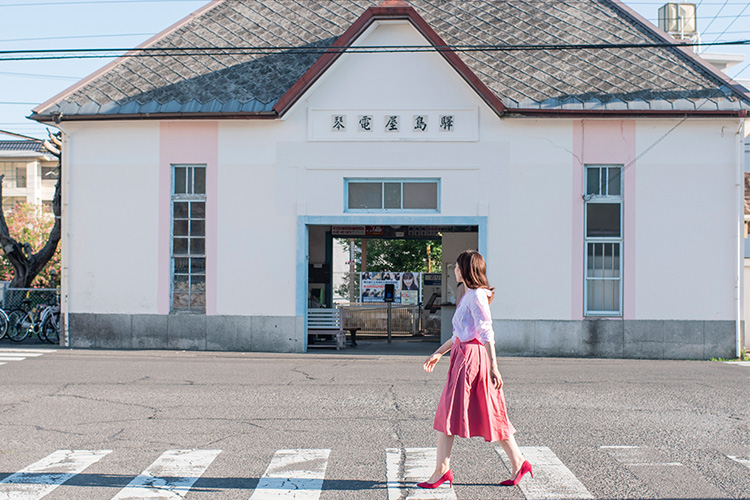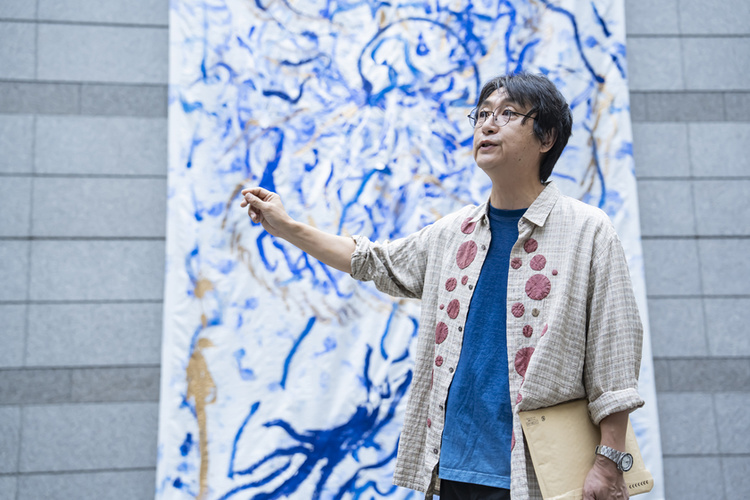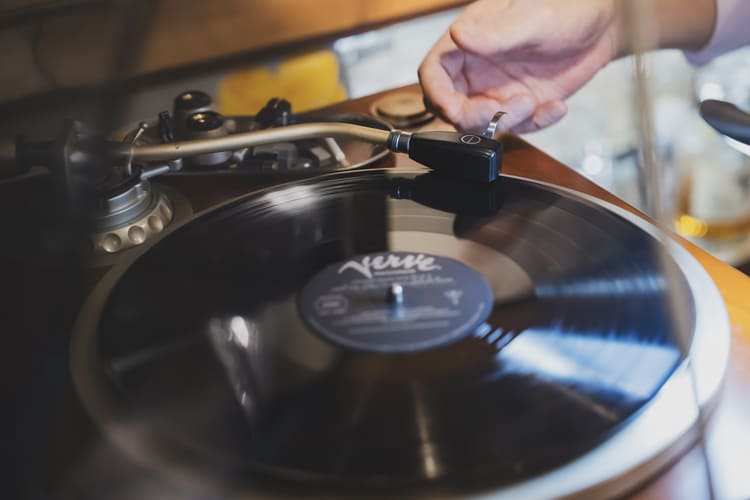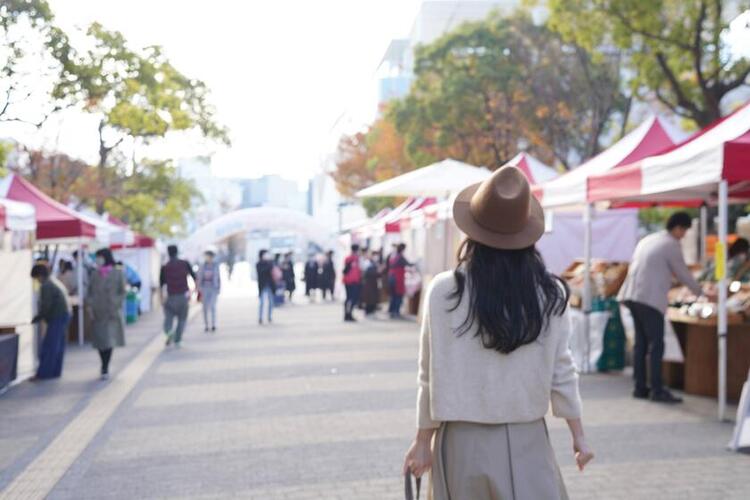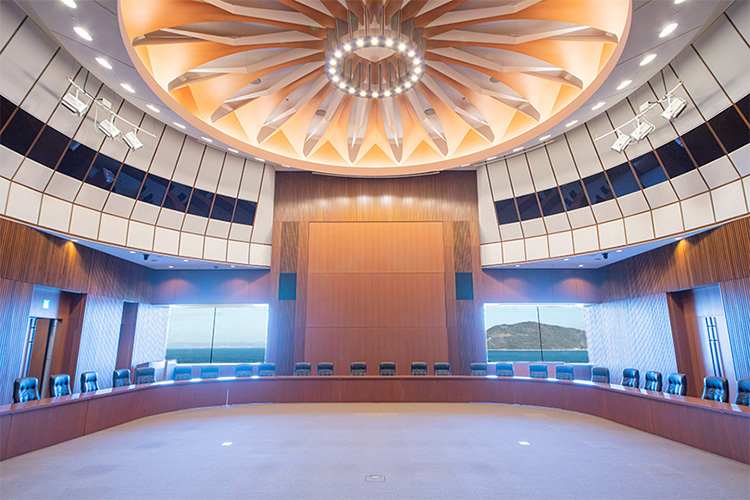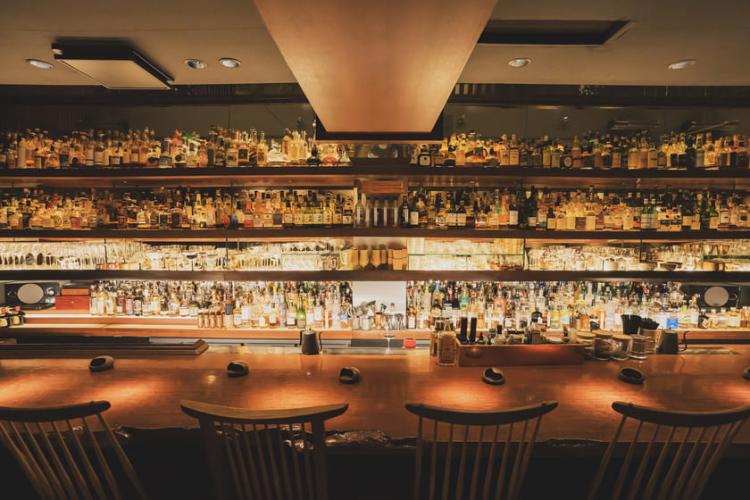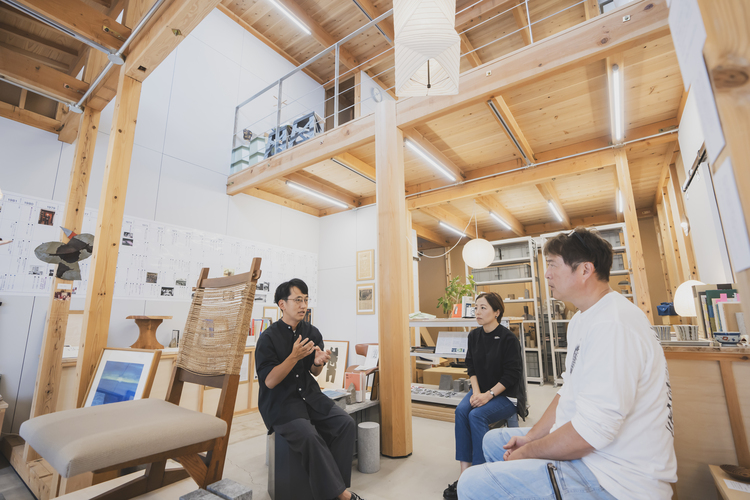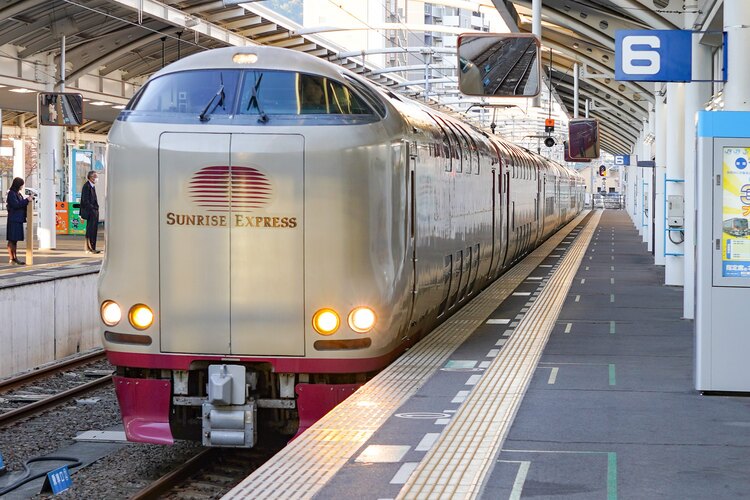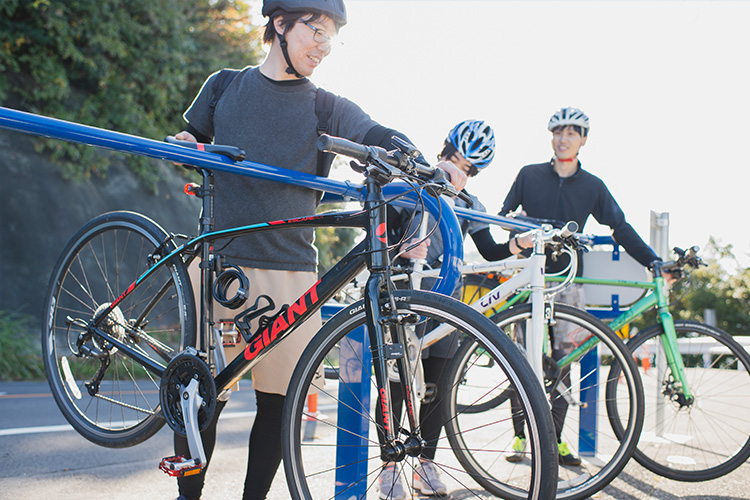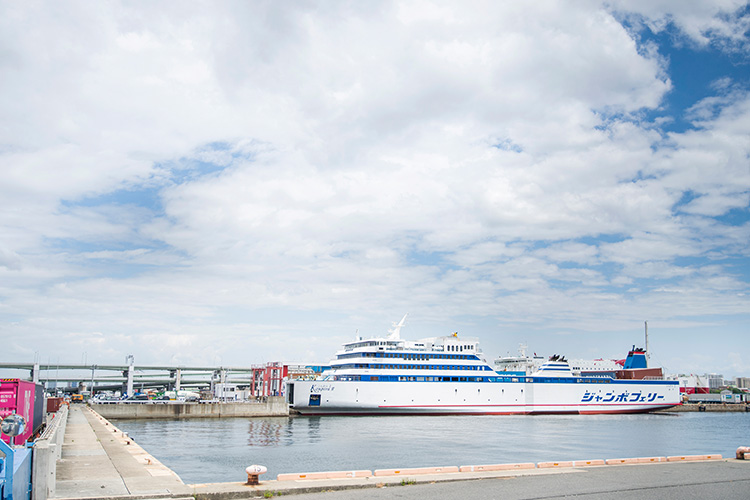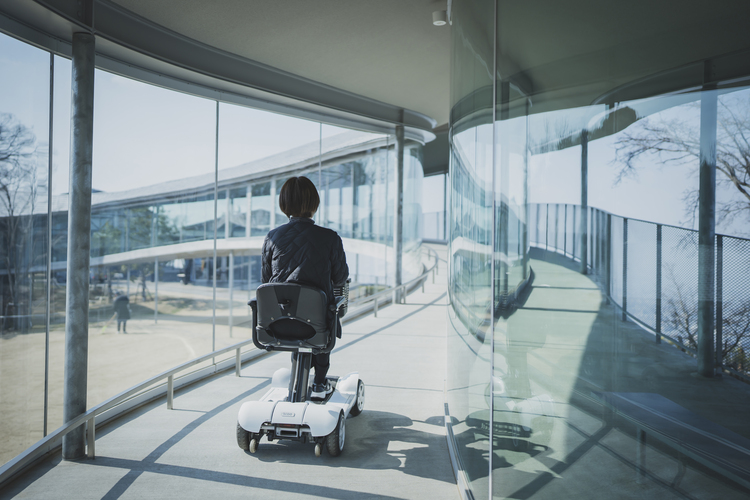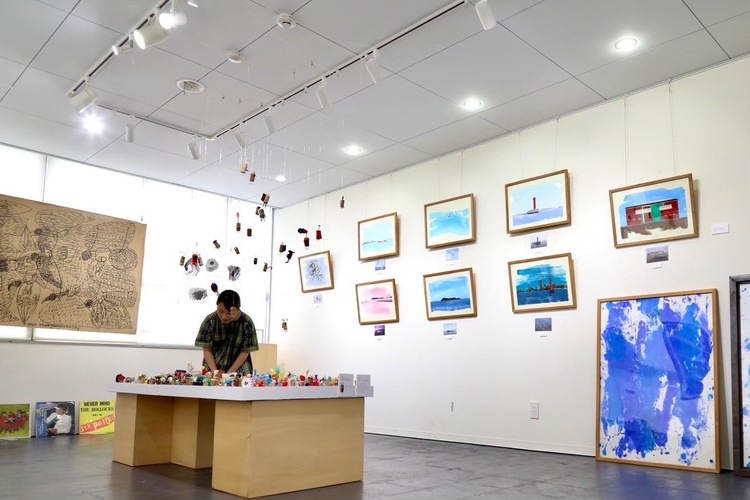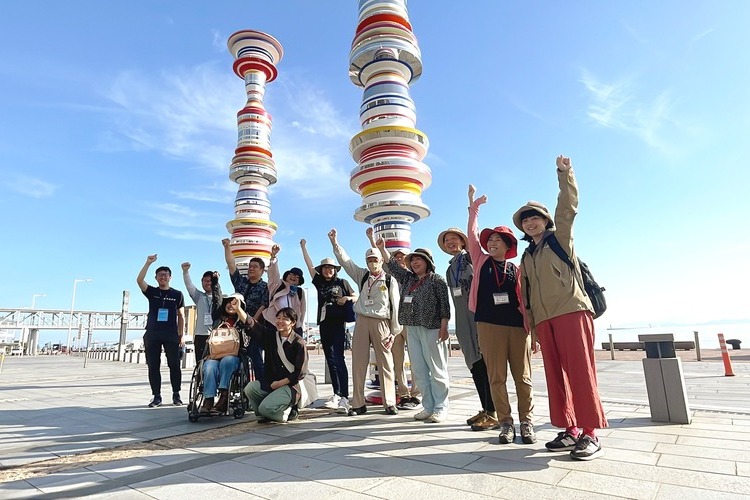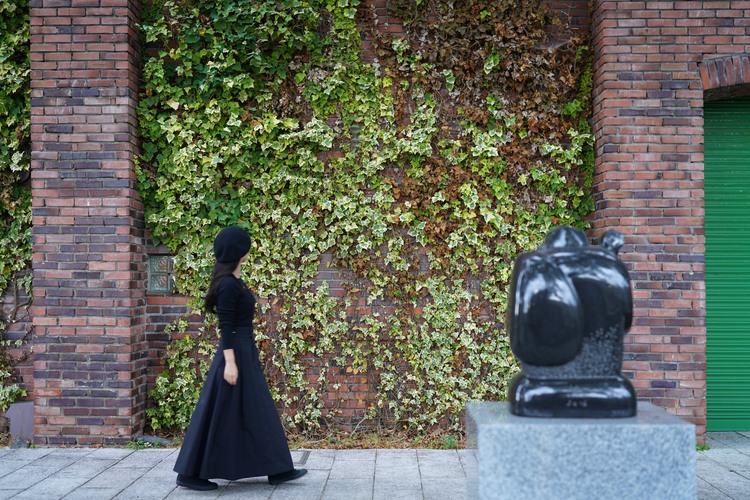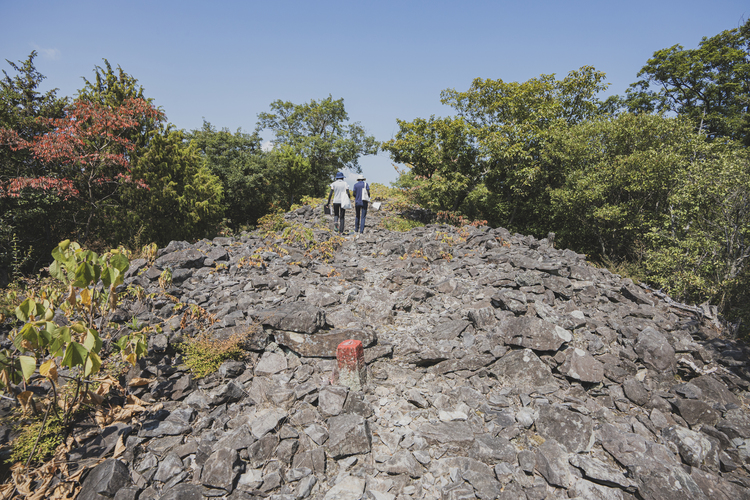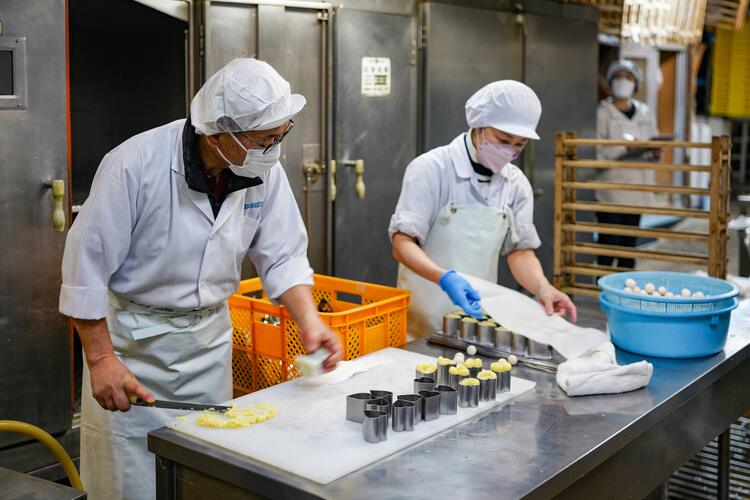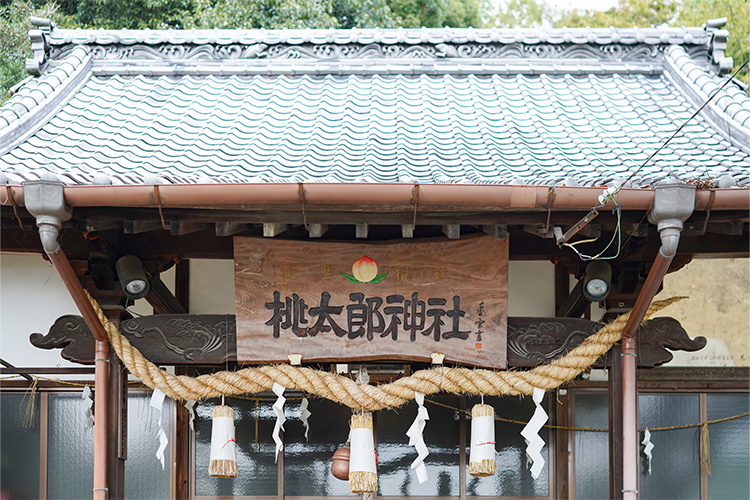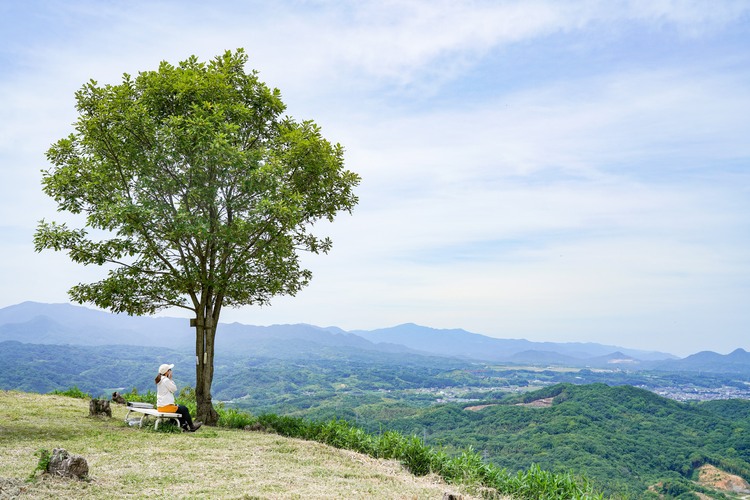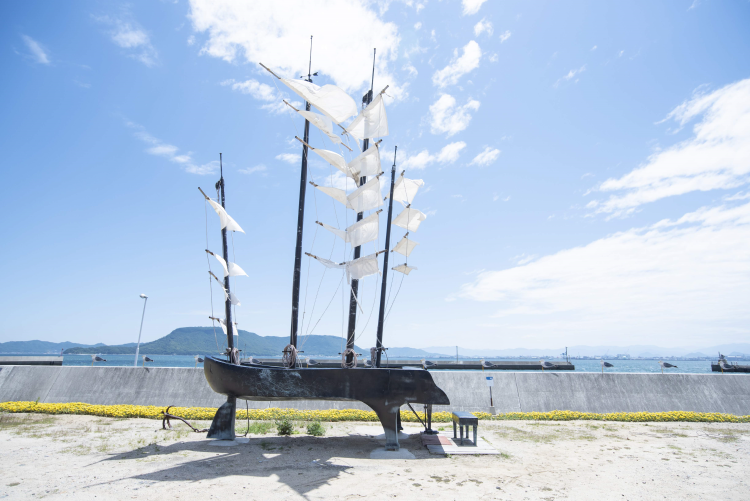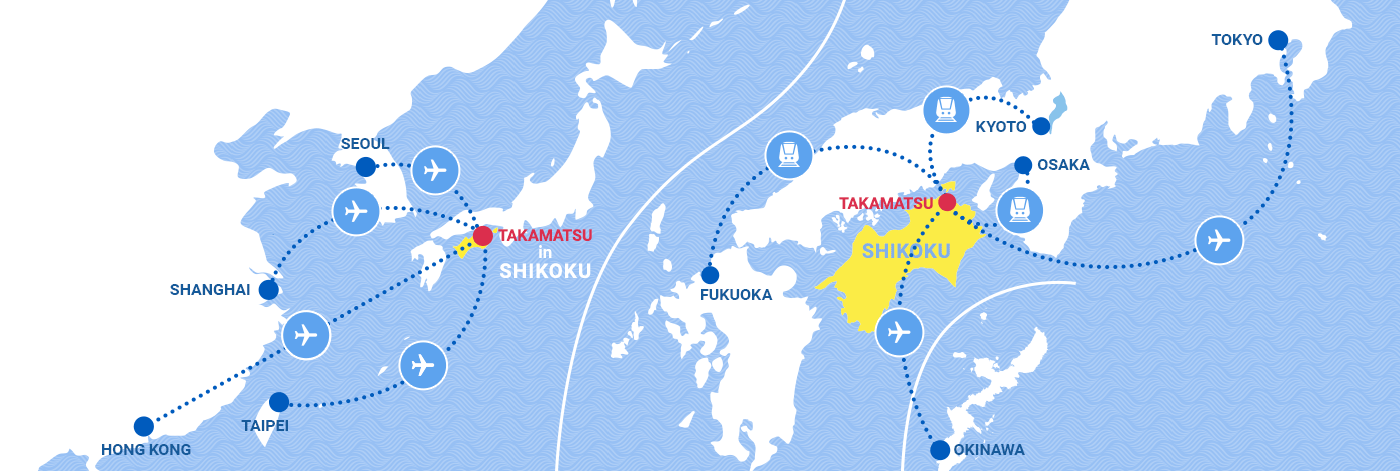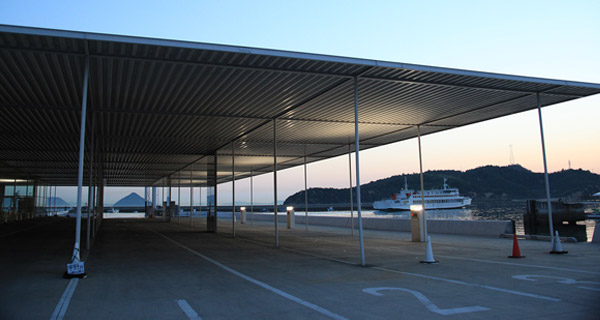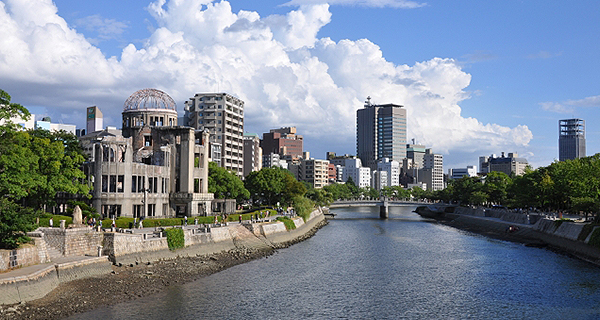
*Source:Olive-Fed Wagyu Promotion Association
It’s always nice to treat yourself to a special meal at your travel destination.
In Takamatsu, one of the highlights for foodies is fine dining with Olive-fed Wagyu Beef. Olives are a local specialty of Kagawa, and after olive oil is pressed, the cattle are raised on the olive pulp that is left over.
Let's take a look at the premium olive-fed beef that won the Honor Award at the National Wagyu Fair.

*Source:Kagawa Local Products Promotion Organization
Olive-Fed Beef from Premium Japanese Black Cattle Raised in Kagawa Prefecture
Olive-Fed Beef was first created on the island of Shodoshima, Kagawa, in the Seto Inland Sea.
Actually, cattle breeding on Shodoshima has a long history. Around 700 A.D. the Emperor designated a national grazing area on Shodoshima. This was recorded in the Shoku Nihongi, a Japanese history text completed in 797.



In 1882, the raising and fattening of Wagyu and Sanuki cattle began. (Sanuki is the old name for Kagawa.)
Cows were used to plow the rice fields, and the cultivation of barley was popular on Shodoshima Island. The cattle that fed on barley produced high quality meat, and they were affectionately called Sanuki Beef in the Kyoto, Osaka, and Kobe areas.
There was a strong demand for cattle from Shodoshima, since beef products can be easily shipped by sea to the city of Kobe.
In addition, in 1907, Shodoshima was designated by the Ministry of Agriculture and Commerce as the first site in Japan to commercially grow olives.
The Sanuki Beef from Shodoshima and olives came together to create Olive-Fed Beef in 2010. We asked Mr. Masaki ISHII, the creator of Olive-Fed Beef, about the story behind it.
The oleic acid in olives increases the tenderness and ‘umami’ flavor of meat.

After passing through the olive groves on the sunny slopes, you will find Mr. Ishii's ranch.



In the barn, there are about 20 olive-fed cows with gentle eyes, leisurely feeding on hay. When Mr. Ishii patted their noses, they came close to him.


Mr. Ishii has been involved in raising Wagyu/Sanuki cattle for 50 years. He was confident about the quality of the meat, but the market price was not as good as that of “brand-name” cattle such as Kobe Beef.
With the number of livestock farmers decreasing, Mr. Ishii decided that he had to create a “brand-name” cattle unique to Kagawa Prefecture. Around the same time, the value of oleic acid was added to the evaluation standard at the National Wagyu Beef Fair, which is held every five years.
Oleic acid improves the tenderness and umami flavor of meat and is abundant in olives, a specialty of Kagawa Prefecture. After the olives are pressed for olive oil, the fruit still has a lot of nutrients left in it.
Mr. Ishii came up with the idea of feeding the Sanuki cattle feed mixed with olive pulp after pressing oil.

However, cows do not eat fresh olive since it has an astringent taste.
Taking a hint from drying persimmons to remove their astringency, he decided to dry olives to see what happened.

The olives’ astringency gave way to a sweet, caramel-like flavor, and the cows began to eat the dried olives.
After trying various locations for drying olives, he found that the coast where the north wind from the Seto Inland Sea hits was the best.
When the meat was presented at the Fair, it was not announced that the cattle had been fed on the olive byproduct. The marketers were surprised by the tenderness, the fattiness, and the intense umami flavor of the meat.
The effect of the olives was also proven by the statistical data; compared to average Wagyu Beef, the umami component of Olive-Fed Beef was 1.5 times greater, and the antioxidant component was two times greater.
Mr. Ishii called on Sanuki Wagyu producers to raise olive-fed cattle. As a result, the cattle ranchers spread from Shodoshima to all of Kagawa prefecture.

At Mr. Ishii's ranch, he feeds the cattle with olive pulp for more than two months before shipping.
After the cows are fed a specific amount of olive byproduct for a specified period of time, The Japan Meat Grading Association certifies the Olive-fed Beef of the Sanuki Wagyu cattle only with a meat quality grade of 3 (silver label), 4, or 5 (gold label).

*Source:Olive-Fed Wagyu Promotion Association
The olive-fed cows’ manure is also turned into compost and used as fertilizer for the olive groves.
Until recently, the olive pulp left after pressing for olive oil had become industrial waste on Shodoshima, and it was not easy to dispose of. The olive cattle are also linked to Shodoshima's efforts to achieve environmental recycling-oriented agriculture.


Thanks to all the olive-fed cattle producers, we can enjoy the amazingly tasty meat!
Shodoshima, the birthplace of the Olive-fed Wagyu, is an island of rich nature and traditional scenery in harmony. It is dotted with popular tourist spots, such as Angel Road, Kankakei Gorge, and Olive Park, making it a beautiful travel destination.
▼Shodoshima Tourism Association (Official Site)
https://shodoshima.or.jp/
The Great Olive-Fed Beef Experience for Foodies in Takamatsu
In addition to steaks and grilled meats, you can find Olive-Fed Beef served in a wide variety of dishes at restaurants in Takamatsu.
Why not finish off your trip to Kagawa and Takamatsu with a sumptuous gourmet meal of Olive-Fed Beef?

*Source:Olive-Fed Wagyu Promotion Association
Designated Restaurants for Olive-Fed Beef in Takamatsu
* From the official website of Olive-Fed Beef (Olive-Fed Wagyu Promotion Association)
https://olivefedwagyu.jp/shop/rest-index.php?pref=%E9%A6%99%E5%B7%9D%E7%9C%8C%EF%BC%88%E9%AB%98%E6%9D%BE%E5%B8%82%EF%BC%89
Olive-Fed Beef Products to Take Home as Souvenirs from Kagawa and Takamatsu

At Kagawa Gift Shop Ritsurin-An, which sells local products of Kagawa prefecture, you can find Olive-Fed Beef products that will make your meals taste even better.


Examples of olive-fed beef items available at Kagawa Gift Shop Ritsurin-An for souvenirs
You can taste the delicious taste of Olive-Fed Beef at home while reminiscing about your trip to Kagawa, or you can share the memories of your trip with your family and friends.

Gathering date:2021.3.17



